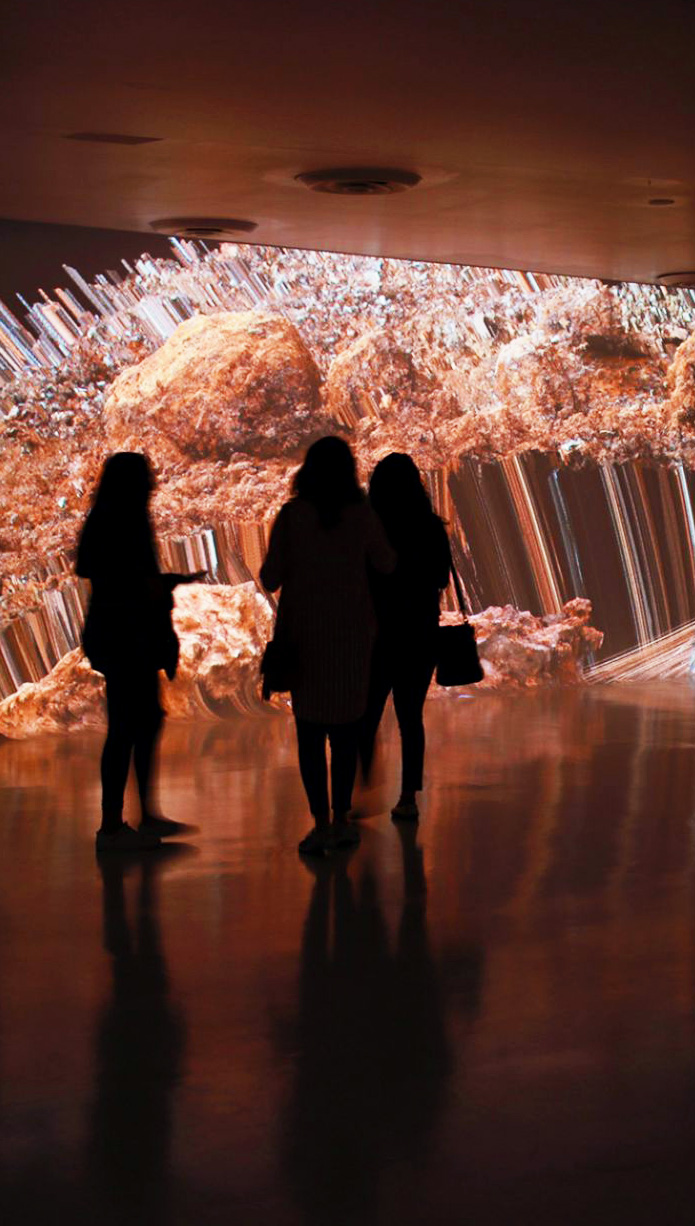
Wayne Mcgregor
Torus
Directed by British fashion photographer Nick Knight of SHOWStudio, Torus is a film on human connection and loneliness featuring choreography by Wayne McGregor and styling by Norwegian designer Fredik Tjærandsen. Performed by Company Wayne McGregor, Torus shows dancers wearing inflatable balloons designed by Tjærandsen, orbiting in darkness as isolated entities, occasionally lit as they transition through a temporal universe, a mirror to the life that many are only passing through, barely connecting.





